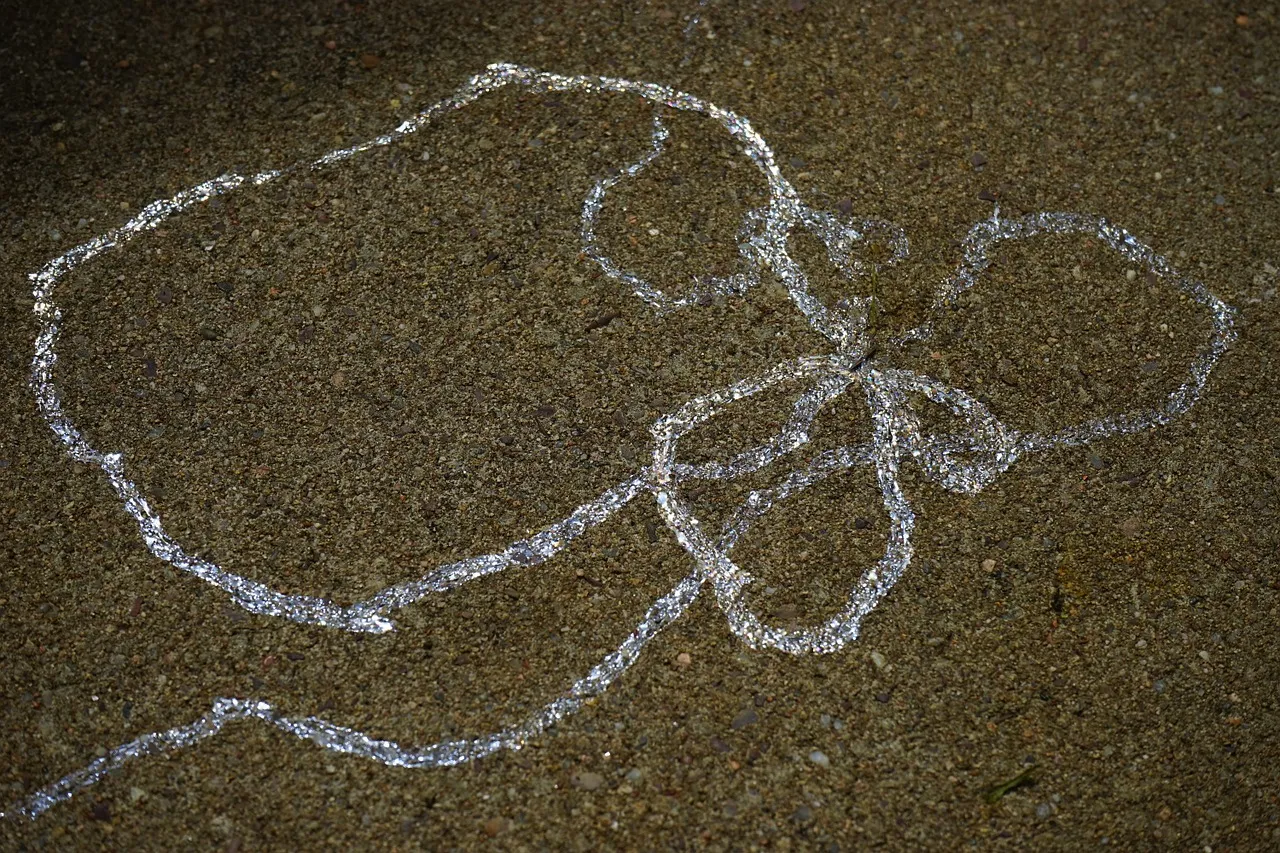6 steps to deal with snail trails on your carpet

Slugs and snails are a common sight in every garden but sometimes they make their way into the house. In most cases, they appear at night, so we often don’t realise until the next morning when there’s a slimy trail across rugs, carpets and hard flooring.
Getting Rid of Slugs in the House
Slugs and snails are mollusca, a group of invertebrates – meaning they have no bones – and they’re harmless creatures. Snails have hard shells on their back that they retreat to when they sense danger; they also hibernate during the winter. Slugs don’t have shells and they are present and active all year round. Outside, you’ll find them under stones and in nooks and crannies in the garden where they hide during cold or sunny weather. They come out when it’s damp and dark and can wreak havoc on your flower or vegetable beds.
Slugs have a good sense of smell and are often attracted to pet food, kitchens or pantries. Because they’re invertebrates, they have the advantage of being able to squeeze through the smallest of cracks or crevices, such as under doors, between floorboards, in joints along walls or holes drilled for pipes or wiring; they can even climb vertically or upside down. So how do you keep them out?
- Take a close look at last night’s snail trails (a torch can be helpful) and trace them back all the way to any entry points. Obviously, in the unlikely event that you spot any slugs, remove them immediately!
- Check for any holes and gaps under cupboards, along walls, around doors, pipes and vents – anywhere that could have provided an entry point.
- Seal these gaps using silicone sealant for small cracks or expanding polyurethane foam for larger gaps.
- Buy some slug pellets from a DIY store or garden centre but beware that there are different types. Old style slug bait contains metaldehyde which is poisonous not just to slugs and snails but to pets, birds, wildlife and even people too. Modern slug pellets are based on iron phosphate which is effective for getting rid of slugs, but is harmless to children, pets and wildlife – a much better choice all round.
- Place slug pellets around all likely entry points (inside and out) and anywhere slugs are likely to hide such as under the fridge or behind cabinets. Once the bait is eaten, the slugs will stop feeding and crawl away to die a few days later.
- If all else fails, you can use salt. However, it’s a cruel way to kill a slug because it essentially melts them, leaving a slimy mess of salty goo to clean up. Therefore, it’s not recommended, but it does do the job.

How to Remove Snail Trails from Carpets
Avoid Using Water
While it may be tempting, it’s crucial to avoid using water during the cleaning process. Water can exacerbate the situation by causing the slime to sink deeper into the carpet fibres, making it more difficult to clean. Keeping the snail trail dry will make it easier to remove once it has fully dried out.
Use an Enzymatic Cleaner
To effectively eliminate snail trails from your carpet, we recommend using an enzymatic cleaner. These cleaners are capable of not only removing snail and slug trails, but they can also be used to tackle tough stains like blood, sweat, oil, makeup, red wine, mud, and various other stains and odours. There are numerous high-quality enzyme cleaners on the market, but we suggest choosing an all-natural, non-toxic household cleaner to minimise the risk of your carpet becoming damaged.
Gently Rub the Snail Trail
Snail trails often dry and leave a flaky residue on your carpet, which can usually be gently rubbed away with a clean cloth. Simply rub the trail softly, which should help dislodge some of the flaky slime – avoid rubbing too vigorously to protect the carpet fibres.
Vacuum Afterwards
After rubbing the snail trail to loosen some of the dried residue, use a vacuum cleaner to pick up any remaining debris and remove the snail trail completely from your carpet.
Try Bicarbonate of Soda
For particularly stubborn snail trails that resist rubbing and vacuuming, consider using bicarbonate of soda. This common kitchen ingredient is mildly abrasive, which allows it to remove residues without harming your carpet. It also absorbs any moisture left in the slime, resulting in a dry, dusty residue that’s easy to vacuum up. Sprinkle baking soda over the snail trail and let it sit for a few hours before vacuuming the powder and dried slime away.
Book a Deep Clean
Once you’ve successfully dealt with the slug problem, all that’s left to do is get everything fully clean again. Treat your carpets to a professional deep clean to eliminate every last bit of snail mucus and freshen up the fibres in your flooring.
For professional advice on cleaning your floors or to book our deep cleaning services, contact Apple Clean today.
